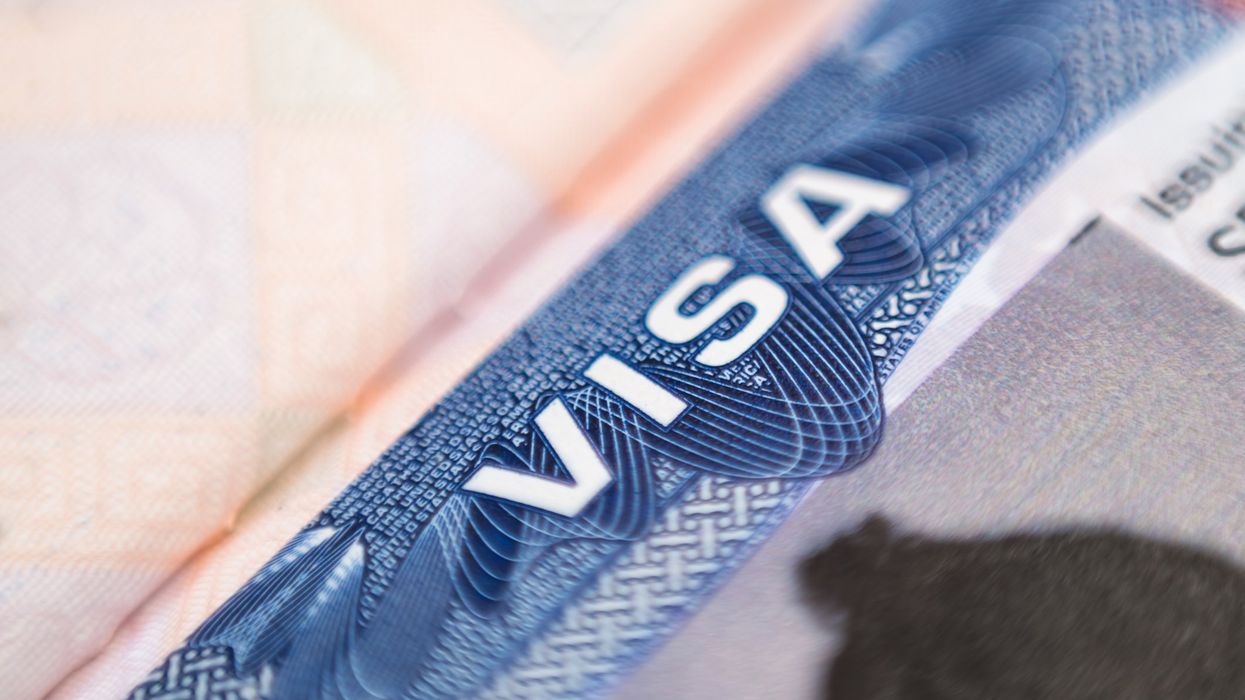In his first days in office, President Donald Trump wasted no time showing he means business, announcing a crackdown on immigration. He declared a national emergency, signed a raft of executive orders, sent 1,500 active duty troops to the U.S.-Mexico border, and his Immigration and Customs Enforcement agency (ICE) has initiated raids on thousands of migrants across the nation.
The issue of immigration has always been multifaceted, impacting both the economy and human rights, not to mention the expensive logistical operation necessary to deport millions of people. But my discussion below is focused specifically on this question: what will happen to the economy if many of the immigrant workers (who are also consumers and taxpayers) who fill many jobs in the construction, restaurant, health care, agriculture, and elder care industries, suddenly are whisked away?
Pros and cons: the costs to taxpayers of immigration
One study has pegged the net cost of illegal immigration at $151 billion to pay for border enforcement and services like healthcare, social agencies, and schools for immigrant children. That figure is disputed, since most unauthorized immigrants do not qualify for most government benefit programs. Nevertheless, unemployed immigrants certainly are a drain on the public coffers to some extent, so a crackdown could save some money.
Even after immigrants find employment, study after study clearly shows that large increases in immigration have a tendency to lower wages in the blue-collar jobs where many of those immigrants work. But those same studies also show that most of the negative wage or employment impacts are temporary, and over the longer term, new workers provide employers with opportunities to expand their businesses and increase production.
In fact, some of the biggest opponents of immigration crackdowns in the past have been Republican business leaders in places like Texas, Arizona, and California who need to hire lots of blue-collar workers. For them, immigrants are usually a blessing because labor shortages make it difficult to fill many positions, and immigrant workers will work at prevailing wages.
Pros and cons: the costs of deportation
Sensationalized headlines about the small number of lawbreaking immigrants will not change the fact that entire industries, from construction and health care to agriculture, restaurants, and elder care, rely on immigrant labor, which accounts for anywhere from a quarter to half of certain occupations.
For example, immigrants increasingly fill a job gap in the healthcare industry. Nearly 2.8 million immigrants account for more than 18% of that industry’s workforce. Millions of them fill critical roles for physicians and surgeons (26%), registered nurses, dental hygienists, and home health aides (the latter estimates range from 27% to almost 40%).
Immigrants make up enormous shares of the labor pool for construction jobs, from 33% of carpenters to 37% of brick masons, 47% of roofers, and 64% of plasterers. National Association of Home Builders CEO Jim Tobin warns that policies targeting working immigrants could further weaken the construction industry’s already depleted labor market. Migrant workers also represent about 40% of all crop farmworkers, according to the USDA, and their share of the workforce on dairy farms in certain states could be even higher.
All told, demographers believe roughly 8.3 million undocumented immigrants are working in the US, accounting for about 5% of the total workforce. That’s not huge, but with Americans angry about grocery prices and housing affordability, economists warn that expelling all those workers in such crucial industries will likely cause grocery prices and housing construction costs to climb. Existing staffing shortages at nursing homes and home health businesses will increase, leading to reduced services and higher costs.
Former Trump adviser Stephen Moore from the conservative Heritage Foundation says, “There is no question that having eight to 10 million people deported — many of whom are working — would put a strain on the economy. You could see an inflationary impact to getting rid of some of these workers.”
So Trump’s campaign promises for mass deportations directly conflict with his pledge to reduce inflation. Impacts will likely be felt nationwide, but particularly in states like Nebraska, Texas, and elsewhere. Nebraska is one of the top meat producers in the US, with one of the worst labor shortages in the country. For every 100 jobs, there are only 39 workers, according to the US Chamber of Commerce. "People say, 'Well, just double or triple the pay [and] you'll get United States citizens to work.' No, you won't," says Al Juhnke, executive director of the Nebraska Pork Producers Association.
More domino effects
In fact, the expulsion of these workers will likely have another domino effect – reducing the number of jobs for native-born Americans. Economist Michael Clemens from the Peterson Institute has found that unauthorized workers are critical ingredients in the overall production process, and their removal has “ripple effects for the jobs of everybody else in the sector — including authorized immigrants, including natives. ” A recent study in the Journal of Labor Economics found that, for every 450,000 immigrants removed from the labor force, employment of complementary production jobs for US-born males also declined by approximately 300,000, many of them high-skilled occupations.
Immigrant workers also contribute some of their wages to Social Security and Medicare, even though they do not receive benefits from those programs. The Social Security Administration has found that deportations could cut annual cash flow by $20 billion. In 2022, immigrants living illegally in the US paid $25.7 billion in Social Security taxes and $6.4 billion in Medicare taxes. The loss of this tax revenue concerns many economists since the Social Security fund is already expected to experience shortfalls by the mid-2030s.
Indeed, studies show that many children of immigrants (the second generation) go on to achieve higher education and elevated incomes, eventually contributing more in taxes than native-born Americans. Across the generations, immigrants provide a favorable net return. Indeed, the face of immigration itself has changed, with nearly half of new immigrants having college degrees.
In sum, removing millions of existing workers could very well shrink the US workforce, drive up business costs and consumer prices, reduce the economy’s productive capacity, and widen the deficit. In places where raids have been occurring, such as California, Texas, Chicago, Miami, Atlanta, and Phoenix, as many as 75% of immigrant workers, including legal ones, have stopped showing up for work, fearful of getting swept up in the ICE net. This already has been hugely disruptive to individual workplaces and the nation’s economy.
The United States is a nation of immigrants, yet immigration will always be a challenge for a modern democratic society. A country can only absorb so many newcomers so fast. At this juncture, we don’t know the extent of the deportations. Hopefully, the Trump administration will balance the pluses and minuses and factor the significant economic impacts of mass expulsion into their policy equations.
Steven Hill was policy director for the Center for Humane Technology, co-founder of FairVote and political reform director at New America. You can reach him on X @StevenHill1776.



















